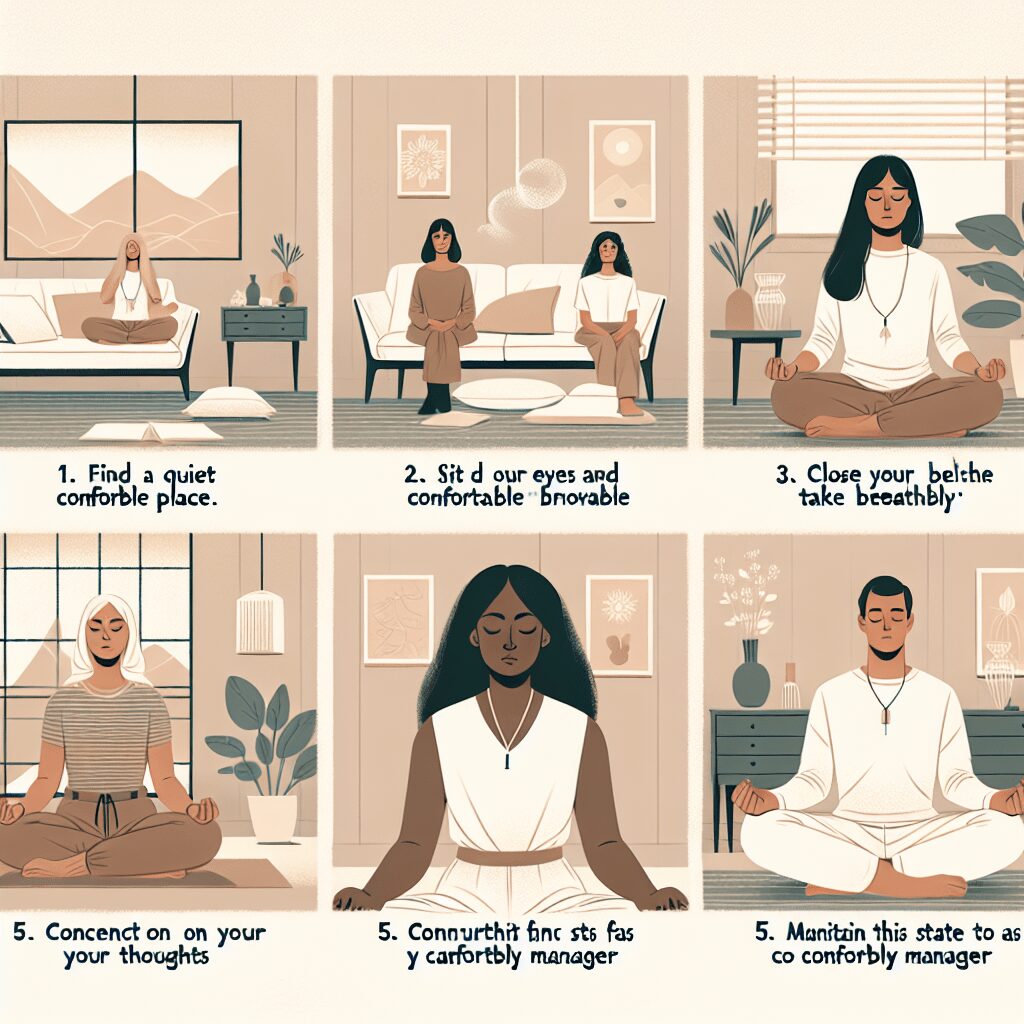
Prioritize your mental well-being daily. Enhance your life by nurturing your mental health with the Smart Meditation app. Break free from stress, alleviate anxiety, and enhance your sleep quality starting today.
How Long Can I Take Xanax For Anxiety?
Unlocking the Puzzle: How Long is Too Long for Xanax Use?
In the ever-turbulent sea of life, anxiety often feels like an unwelcome storm. For many, Xanax serves as a lighthouse, guiding them back to calmer waters. But, as with any beacon, there’s always a question of how long one should follow its light before it’s safe to sail on one’s own again. Delving into the world of Xanax usage for anxiety isn’t just about figuring out a timeframe; it’s about understanding the journey and the best practices for navigating through it.
The Ideal Duration of Xanax Therapy: A Closer Look
Xanax, or Alprazolam, falls under the class of medications known as benzodiazepines, which are primarily used for their calming effects to tackle anxiety, panic disorders, and sometimes, insomnia. However, when it comes to the duration of its use, there’s no one-size-fits-all answer. Instead, there are guidelines, cautions, and a personalized approach that should frame this journey.
Starting Point: Understanding Short-Term Relief
The consensus among healthcare professionals is that Xanax should ideally be a short-term solution. In most cases, this translates to a few weeks – typically not more than 4-6 weeks. This timeframe is backed by both clinical guidelines and user experience, emphasizing its role as a temporary aid rather than a long-term fix.
The Reasons Behind the Limits
Benzos, a colloquial term for benzodiazepines like Xanax, are known for their potential dependency issues. The body can quickly get used to their effects, leading to tolerance and, in some cases, addiction. Long-term use also comes with a side dish of potential side effects ranging from drowsiness to more severe cognitive impacts.
Moreover, while Xanax is excellent at putting the brakes on anxiety symptoms, it doesn’t address the underlying causes. It’s akin to using a band-aid on a wound that really requires stitches – it might cover the problem for a bit, but without treating the root cause, the issue remains.
Best Practices for Responsible Xanax Use
If Xanax has become part of your anxiety management toolkit, there are a few best practices to ensure that it remains a helper, not a hindrance.
-
Stay in Close Contact with Your Doctor: Transparency with your healthcare provider is key. Regular check-ins help tweak the dosage and duration based on your unique situation and progress.
-
Have an Exit Strategy: Starting Xanax should come with a game plan for eventually stopping. This often involves a gradual tapering process to ease off the medication without causing withdrawal symptoms.
-
Combine with Other Treatments: Medication can be a godsend, but it’s most effective when paired with other forms of therapy. Cognitive-behavioral therapy (CBT), lifestyle adjustments, and stress management techniques can offer long-term benefits.
-
Mind Your Lifestyle: Engaging in healthy habits can bolster your fight against anxiety. Regular exercise, a balanced diet, and sufficient sleep are all allies in this journey.
-
Know the Signs of Dependency: Being aware of the signs of benzodiazepine dependency can help catch and address issues early. Any cravings for higher doses, or using the medication beyond prescribed periods, should be red flags.
In the quest to manage anxiety, Xanax can be a valuable tool, but it’s vital to remember it’s not the only one in the toolbox. Balancing its use with other strategies ensures not only the effective management of symptoms but also a healthier, sustainable path towards overall well-being. So, before embarking on or continuing your journey with Xanax, consider all the avenues and choose the path that offers not just immediate relief but long-term health and happiness.





